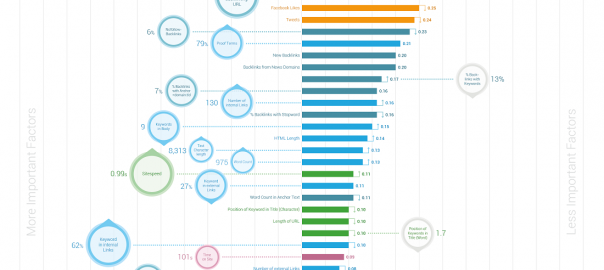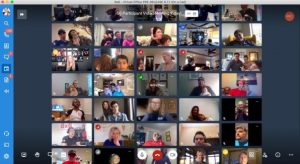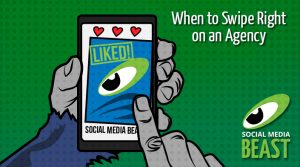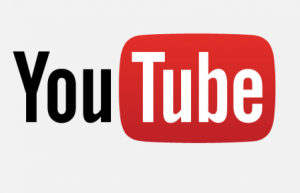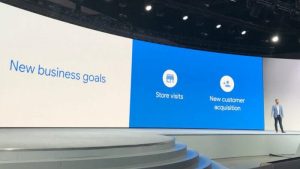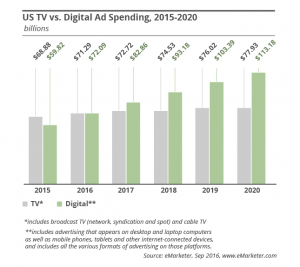Ok. It’s not news. Social sharing buttons have been widely recognized as one of the most important tools any website should have and normally come out as one of the easiest outreach marketing techniques to increase a website’s traffic. When they first appeared, their goal was simple – to allow your visitors to easily publish (a.k.a. share) your content throughout social media platforms like Facebook, Twitter, G+ or LinkedIn raising your site’s awareness. But now they are used for a lot of other of things. With the never ending rise of the importance of SEO, these buttons have been considered as one of the top factors to improve your search rankings. As a matter of fact, the guys at Searchmetrics stated in their last study on search correlation factors that social sharing related activities are 7 of the 11 most important factors.

Also, if sufficiently used, they provide social proof to your website which, in sensitive, trust-related contexts, such as e-commerce can actually have a direct impact on your conversions and revenue. Since we’re talking about social proof, let me ask you a question: in the past month, how many websites have you visited that didn’t have any social widgets? Yup, not that many. With all this (well deserved) publicity, social sharing buttons and the social media networks they represent became the face of online content distribution. But let’s step back for a minute: didn’t people already distribute content way before Facebook (and other social networks) were created?
This was the question that had The Atlantic’s Alexis Madrigal scratching his head. If like Alexis you’ve been connected to the Internet before the rise of the “Social Web” or “Web 2.0”, you might remember how you used to share information back then. Let me take you on a trip down memory lane. We’re in 1999, it’s your coffee break and you’re using Alta Vista to search for something funny to go with that cup of holy caffeine. You find a hilarious page and you feel compelled to share it with your best friend (but there’s no “share button”, remember?). You copy the URL that’s on the top of our browser (go IE5!), you paste it to an email draft and you click send. That was the good old fashioned social sharing – copying URLs from the address bar and pasting them onto emails or messenger/chat/mIRC windows.
As you’re reading the last sentences of the previous paragraph, you most likely started thinking “Well, I STILL do that.” Don’t worry, you’re not alone nor antiquated. The social web wasn’t born with Facebook or MySpace; these platforms just gave structure to what used to be a disperse behavior. Most of what we call social sharing is done without the help of any social widget and comes through email services, instant messages, and some mobile apps. These traffic sources are not recognized most of the time by most web analytics or social media tracking tools. The obscurity of this traffic inspired Alexis Madrigal to call it Dark Social. It has nothing to do with necromancy, voodoo or Voldemort and his Death Eaters. It’s more like the dark side of the moon: it’s there but it’s hard to get a glimpse of it. Or it used to be.
As soon as we realized that more than two thirds of social sharing is done through dark social (in Europe, that percentage drastically rises to over 75%) we built an app that allows site owners and managers to monitor all those shares that are made without the help of social widgets. That said, we’re able to help websites measure social shares via dark social and the results are in. A very interesting case is a website with about 65,000 visitors in the last month. More than 34,000 of those visitors arrived at the website via almost 9,000 dark social shares. In other words, around 9,000 visitors copy/pasted a URL that directed to this website and brought almost 53% of that site’s monthly traffic.

This is incredible. I had the opportunity to talk with these guys and their reaction was priceless: “What do you mean by 9,000 shares? Our best performing articles have 100-200 shares each, tops”. By measuring their dark social sharing, they were able to see that what they had previously thought was merely a few hundred shares is now nearly 100 times that much. Social media is hard but it’s not intangible. It’s all about having the right mindset, tool set and processes in order to make the most out of it.
Long story short: Social sharing isn’t all about social widgets and their counters; most of social sharing is done through dark social – copy/pasting URLs. Moreover, you can activate this kind of tool on your website without any coding skills or pricy developer hours. It’s time for all of us to unleash the power of the social users, the returns of social media and grow our businesses accordingly.
(322)
Report Post